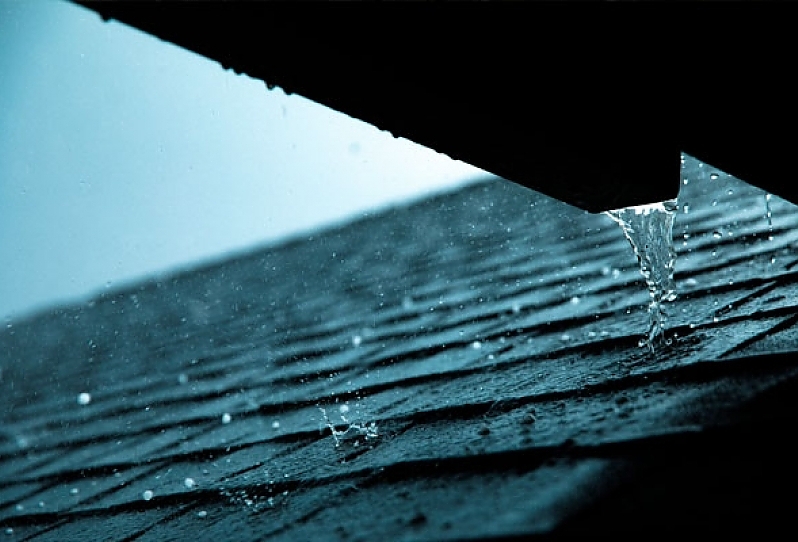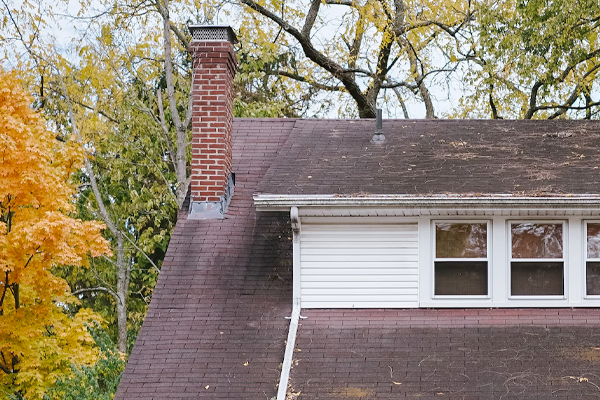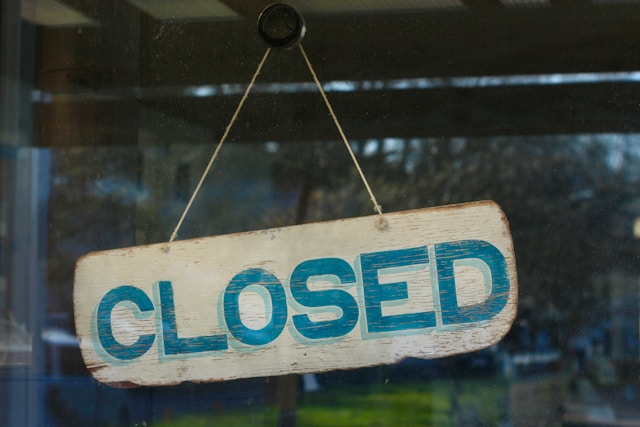Blog

Replacing a commercial roof is a significant investment for any business owner in Rochester, NY. While a new roof provides long-term protection, improved energy efficiency, and enhanced curb appeal, it can also raise concerns about downtime, safety, and customer impact. With careful planning and communication, however, you can complete a commercial roof replacement smoothly—minimizing disruptions to operations and maintaining a professional environment.
At Sunset Roofing, we have decades of experience executing commercial roof replacements on warehouses, retail centers, office buildings, and multi-unit facilities. In this guide, we outline a step-by-step approach to ensure your project proceeds efficiently, safely, and with minimal interference to your day-to-day business.
1. Conduct a Detailed Pre-Project Assessment
The foundation of a successful roof replacement is a thorough assessment of your existing roof and building needs. A professional inspection will:
- Evaluate the condition of the roof membrane, flashing, insulation, and deck
- Identify any structural issues, water infiltration, or code compliance concerns
- Determine appropriate materials and system upgrades, such as energy-efficient coatings or improved insulation
- Establish a realistic project timeline and cost estimate
Request a comprehensive commercial roofing inspection to gather the information needed for precise planning and budgeting.
2. Develop a Phased Work Plan
For larger buildings or multi-tenant facilities, dividing the roof replacement into manageable phases can keep sections of the building operational. A phased approach may involve:
- Replacing one zone at a time, allowing unaffected areas to remain in service
- Scheduling work during off-peak hours—nights or weekends—to avoid peak business times
- Coordinating with tenants or departments to relocate critical equipment or operations away from active work zones
Our project managers will collaborate with you to develop a phased plan that aligns with your business calendar and minimizes disruptions.
3. Coordinate Safety and Access Protocols
Safety is paramount during any roofing project. Clear communication about site access, pedestrian routes, and restricted zones ensures that employees, customers, and contractors remain secure. Key safety measures include:
- Erecting perimeter fencing or netting to prevent debris from falling into parking lots or walkways
- Posting clear signage to direct foot traffic and restrict roof access to authorized personnel only
- Implementing designated staging areas for materials, equipment, and waste containers
- Conducting regular safety briefings and inspections throughout the project
Our dedicated foremen oversee daily safety checks and enforce OSHA-compliant practices to maintain a safe work environment.
4. Maintain Clear Communication With Stakeholders
Transparent, timely communication is critical to managing expectations and preventing confusion. Keep all stakeholders informed by:
- Providing a project schedule with milestone dates, work hours, and anticipated noise levels
- Sending regular progress updates via email or a shared project portal
- Holding brief on-site meetings with facility managers, tenants, or staff before each phase begins
- Offering direct contact information for your project manager and site supervisor
Effective communication ensures that everyone understands the project scope and can plan accordingly. To discuss your communication plan, contact our commercial roofing team.
5. Coordinate with Other Contractors and Vendors
Commercial buildings often involve multiple trades—electrical, HVAC, plumbing, fire suppression, and more. Ensure that your roof replacement schedule aligns with other ongoing projects by:
- Identifying potential conflicts, such as rooftop HVAC unit maintenance or antenna work
- Arranging a sequencing plan so each contractor can safely access their work area
- Updating your facility’s maintenance calendar to avoid overlapping shutdowns
Our project managers will liaise with your other vendors to synchronize activities and maintain overall site productivity.
6. Implement Quality Control and Inspection Protocols
Regular inspections during and after installation verify that the roofing system meets manufacturer specifications and performance standards. Quality control steps include:
- Verifying membrane adhesion, fastener placement, and seam integrity
- Checking edge metal, flashing detail, and roof penetrations for watertight seals
- Confirming insulation R-values, proper drainage slopes, and warranty compliance
After completion, we perform a final walkthrough and provide a detailed project report. You’ll receive documentation for all materials and workmanship warranties, ensuring long-term protection.
7. Plan for Post-Installation Maintenance
Once your new roof is in place, an ongoing maintenance program is essential to preserve its longevity and performance. Our commercial roof maintenance plan includes:
- Bi-annual inspections to identify emerging issues
- Gutter and drain cleaning to prevent ponding water
- Minor repairs, such as patching small punctures or re-sealing fasteners
- Detailed condition reports to inform future budgeting
Regular maintenance prevents small problems from becoming emergencies, extending the service life of your investment.
Get Started on Your Commercial Roof Replacement
Replacing a commercial roof doesn’t have to disrupt your business operations. With the right partner, phased planning, and clear communication, you can complete the project smoothly and efficiently.
Sunset Roofing has over 40 years of experience guiding Rochester businesses through complex roofing projects. From initial inspection to final warranty documentation, our team delivers professional, reliable service tailored to your needs.
Call 585-538-6086 today or request your free estimate to begin planning your commercial roof replacement.
‹ Back








